




What are The Most Important Diagrams for NEET?
Biology diagrams are essential for understanding structures and processes that occur in living organisms. For lower-grade learning or preparing for competitive exams like NEET, a clear understanding of these diagrams can help you grasp concepts faster and perform better in exams. Let us explore the most important diagrams, learn drawing tips, and look at some additional tools for effective revision.
Class-wise Important Diagrams
Class 6
Parts of a Plant (Root, stem, leaf)
Animal and Plant Structure
Basic Cell Structure (Plant cell and animal cell)
Class 7
Diagram of the Digestive System (Human alimentary canal)
Human Respiratory System (Lungs)
Parts of a Flower (Stamen, pistil)
Class 8
Human Circulatory System (Blood vessels, simple heart diagram)
Human Excretory System (Kidneys, urinary bladder)
Bacteria
Class 9
Plant and Animal Tissue Structure
Human Heart (Detailed structure with chambers and valves)
Human Brain (Major parts)
Class 11
Flowering Plants (Morphology, internal structure)
Mitochondria (Cristae, Matrix)
Cell Division (Mitosis and meiosis)
Class 12
Neuron (Dendrites, axon, synapse)
DNA Structure (Double helix)
Male and Female Reproductive Systems
Key Diagram Topics in Biology
Below are some important biology diagrams that often appear in school exams and entrance tests:
Spinal Cord
Shows cross-sectional details of grey matter and white matter.
Important for understanding reflex actions.
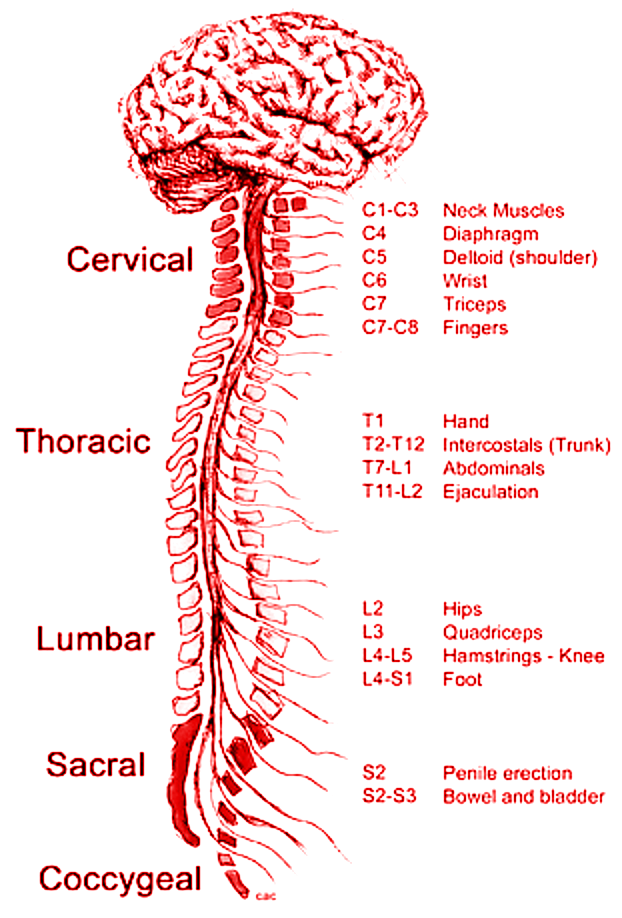
Liver
Depicts lobes, hepatic ducts, gallbladder, and blood supply.
Helps in understanding its role in metabolism and detoxification.
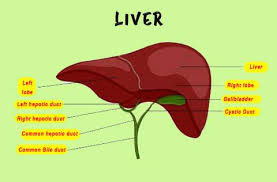
Skin
Includes layers such as epidermis, dermis, and subcutaneous tissues.
Shows important structures like sweat glands, hair follicles, and nerve endings.
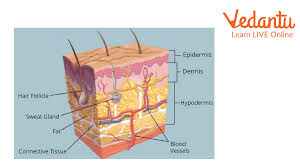
Tongue
Demonstrates different types of taste buds and papillae.
Useful for understanding the sense of taste.
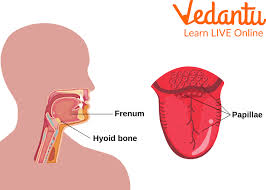
Sycon
Represents the structure of a simple sponge.
Important in lower animal classification and understanding canal systems.
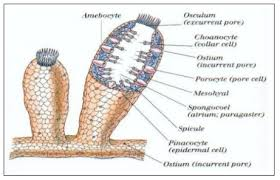
Human Heart
Clearly label the four chambers (right atrium, left atrium, right ventricle, left ventricle).
Include major blood vessels (aorta, vena cava, pulmonary artery, pulmonary vein).
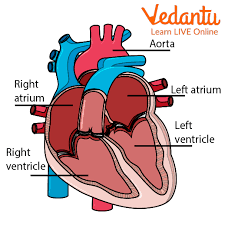
Human Brain
Shows the cerebrum, cerebellum, medulla oblongata, and other parts like pons.
Shading different areas helps in identification.
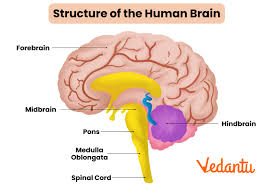
Flower
Labelling petals, sepals, stamens, and pistils is crucial.
Commonly asked in lower and higher classes alike.
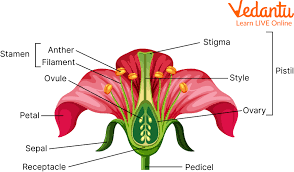
Structure of Mitochondria
Mark cristae, matrix, inner and outer membranes.
Essential for understanding cellular respiration.
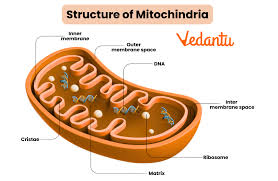
Flowering Plant
Shows roots, stems, leaves, flowers, and fruit.
Important for Class 6–12 as it revises fundamental plant morphology.

Nerve Cell (Neuron)
Dendrites, axons, myelin sheath, and synaptic knobs.
Highlights how impulses travel in the body.
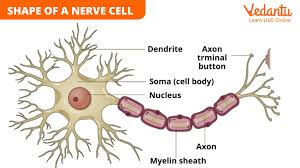
These science-important diagrams form the base of many topics in biology.
Tips for Drawing Biology Diagrams
Keep it neat and clear: Use sharp pencils and avoid overcrowding.
Label correctly: An unlabelled diagram is considered incomplete. Always place labels on the right side if possible to maintain clarity.
Use shading if needed: Light shading can highlight important parts but keep it simple.
Practise regularly: Regular practice helps you draw quickly and accurately during exams.
Important Diagrams for NEET Biology
If you are preparing for NEET, diagrams carry significant weight. Important diagrams for NEET biology include:
Human Heart
Human Brain
Human Eye (sometimes overlooked but crucial)
DNA Structure
Mitochondria
Neuron
Flowering Plant
Male and Female Reproductive Systems
When asked, “What are the most important diagrams for NEET?” focus on key organ systems (respiratory, circulatory, excretory, reproductive) and cellular-level structures like mitochondria and DNA. These often appear in exams and require clarity in your labels and details.
Additional Unique Topics
Here are some extra diagrams that further boost your understanding but may not always be on the standard list:
Short Quiz
Test your knowledge with this quick quiz:
1. Which part of the brain is responsible for balance and coordination?
A) Cerebrum
B) Cerebellum
C) Medulla
D) Hypothalamus
Answer: B) Cerebellum
2. Which structure is known as the powerhouse of the cell?
A) Golgi body
B) Ribosome
C) Nucleus
D) Mitochondria
Answer: D) Mitochondria
3. Which part of the heart receives deoxygenated blood from the body?
A) Left Atrium
B) Right Atrium
C) Left Ventricle
D) Right Ventricle
Answer: B) Right Atrium
Simple Mnemonic Examples
Mnemonic for Parts of a Flower: “Stop Playing Pink Lullabies”
Sepals
Petals
Pistil
Locules
Mnemonic for Cranial Nerves (Class 11–12 level):
"On Old Olympus’ Towering Top A Friendly Viking Grew Vines And Hops"
(For Olfactory, Optic, Oculomotor, Trochlear, Trigeminal, Abducens, Facial, Vestibulocochlear, Glossopharyngeal, Vagus, Accessory, Hypoglossal)
Related Topics
FAQs on Important Biology Diagrams for Classes 6 to 12 and NEET
1. How can I memorise biology diagrams more effectively?
Practise drawing them repeatedly and label each part. You can also use mnemonics or short notes to help recall labels and positions.
2. Are diagrams important in NEET for scoring marks?
Yes, diagrams are very important in NEET Biology. They help you understand concepts clearly and can also save time when answering certain types of questions.
3. What if my drawing is not perfect, but the labels are correct?
Neatness is important, but correct labelling is crucial. Even if your sketch is not flawless, ensure that your labels are accurate and visible.
4. Can I use coloured pencils for my board exams?
Most boards allow only black and dark pencil shading for diagrams. Confirm with your teacher or exam guidelines before using colours.
5. Is it necessary to draw every diagram in my textbook during exams?
Only draw those asked in the question. Focus on major structures (like the heart, brain, etc.) that are commonly asked in exams.























